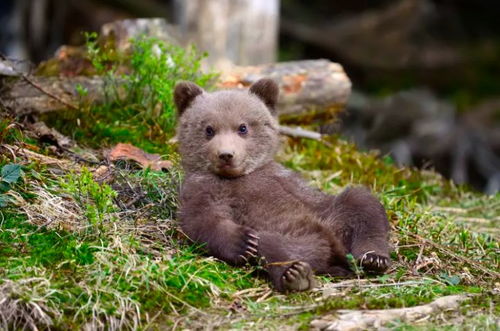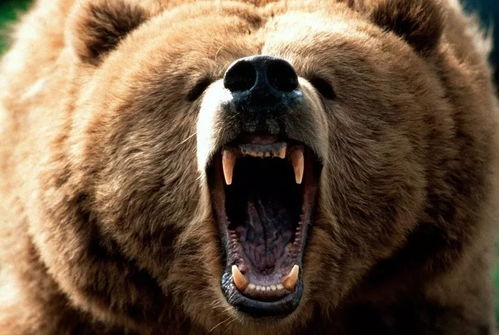
Bears are a diverse group of mammals belonging to the family Ursidae. They are found across the world, from the Arctic tundra to the dense forests of Asia and North America. Known for their powerful build, large paws, and distinctive fur patterns, bears are among the largest land carnivores. This article aims to provide an overview of bears, their characteristics, habitats, and the challenges they face in the modern world.

Bears are classified into eight species, each with unique characteristics. The most well-known species include the American black bear, the brown bear, the polar bear, and the giant panda. These species have evolved over millions of years, adapting to various environments and food sources. The classification of bears is based on their physical features, genetic makeup, and geographical distribution.

Bears inhabit a wide range of habitats, from the cold Arctic regions to the tropical rainforests. The American black bear, for instance, can be found in North America, while the polar bear is restricted to the Arctic Circle. The brown bear, also known as the grizzly bear, is found in North America, Europe, and Asia. The giant panda, on the other hand, is native to the mountainous regions of central China. Each bear species has adapted to its specific habitat, utilizing the available resources for survival.

Bears are characterized by their large, stocky bodies, powerful limbs, and distinctive fur patterns. They have a broad chest, strong shoulders, and large paws, which help them in climbing, digging, and swimming. The fur of a bear is typically thick and insulating, providing protection against the cold in their respective habitats. Additionally, bears have a keen sense of smell, hearing, and vision, which are essential for hunting and survival.

Bears are opportunistic feeders, consuming a variety of foods depending on their habitat and availability. The American black bear, for example, has a diverse diet that includes plants, insects, fish, and small mammals. The polar bear, on the other hand, primarily feeds on seals. Bears are known for their strong jaw muscles and sharp teeth, which enable them to crack bones and consume tough foods. They are also excellent swimmers and climbers, using these skills to hunt and escape predators.

Despite their resilience, bears face numerous threats to their survival. Habitat loss, poaching, and human-bear conflicts are some of the primary concerns. As human populations expand, bears often find themselves in conflict with humans, leading to instances of bears being killed in defense. Conservation efforts are underway to protect bear populations and their habitats. These efforts include establishing protected areas, enforcing anti-poaching laws, and promoting coexistence between humans and bears.

Bears are fascinating creatures that have captivated humans for centuries. Their unique characteristics, diverse habitats, and intriguing behaviors make them a vital part of the world's ecosystems. As we continue to learn more about these magnificent animals, it is crucial to prioritize their conservation to ensure their survival for future generations. By understanding the challenges they face and supporting conservation efforts, we can help preserve the legacy of these incredible creatures.
